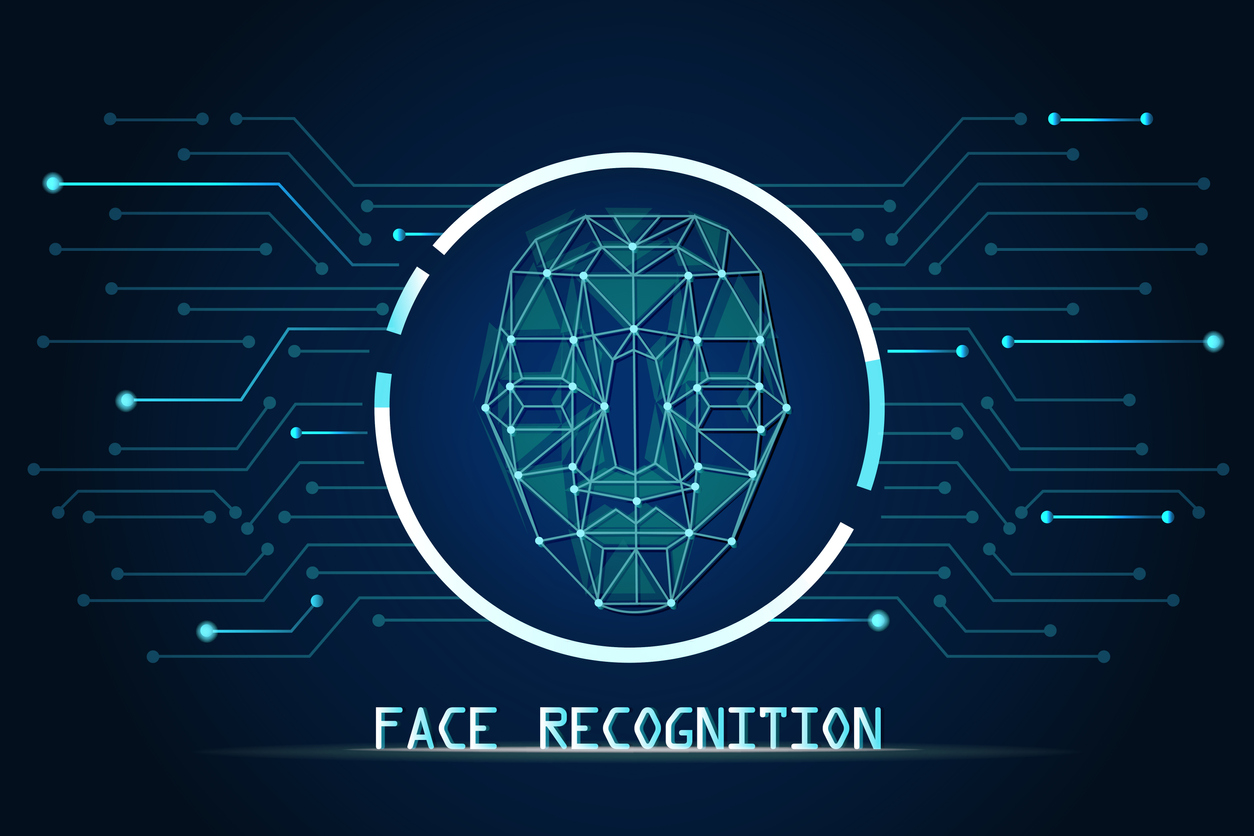Facial recognition is a biometric technology that has skyrocketed in prevalence and popularity worldwide over the last few years. Whether you realize it or not, facial recognition technologies likely play a regular role in your everyday life.
Major companies including Amazon, Microsoft, Google, Apple, and Facebook incorporate facial recognition technologies into the consumer products they design and distribute around the world.
If you’re interested in learning how such a futuristic technology became so commonplace in modern society, keep reading to learn the details of how far facial recognition tech has come over the past several years.
Facial Recognition Tech in 2014
2014 marked a lot of important developments for facial recognition technology. The GaussianFace algorithm was developed in China in 2014. This prominent facial recognition algorithm was able to identify faces with an incredible accuracy score of 98.52%.
Also in 2014, Facebook launched their DeepFace program. This program could differentiate between faces in photographs to determine whether or not they belong to the same person. It had an accuracy score of 97.25%
2014 was also the year in which law enforcement agencies around the world began utilizing mobile facial recognition. This would prove to be a very controversial development.
Facial Recognition Tech in 2017
2017 was the year in which Apple launched the iPhone X. This smartphone has become one of the major symbols of everyday facial recognition technology in the world.
The iPhone X launched with facial recognition technology that owners of this smartphone model utilize every single day. It allows users to bypass passcode entry and gain access to their phone using only their face. This brand-new device security method became an instant hit. Many other smartphones—including all subsequent iPhone models since 2017—began to use similar facial recognition tech as well.
Facial Recognition Tech in 2020
2020 has brought a renewed focus on issues of privacy and civil liberty violations to which the use of facial recognition tech may contribute. Many major companies that utilize facial recognition tech have announced new limitations on their development and use of this technology throughout the first half of 2020.
In June 2020, both Microsoft and Apple made major announcements. Both companies announced that they would no longer allow law enforcement agencies and police access to their facial recognition data. In the same month, IBM declared plans to halt their research and development in the realm of facial recognition tech.
There’s no doubt that facial recognition tech has come a long way in just the past 6 years since 2014. Facial recognition tech will likely continue to rapidly advance over the next few years, becoming even more prevalent in daily life around the world. Hopefully, new developments in facial recognition tech will maintain focus on upholding privacy and civil liberties of users. Keep your eye on this technology, as all signs point to the idea that facial recognition technologies are only just beginning.
To learn more about facial recognition tech and the roles it will potentially take on in the future, check out the Future Workforce Certifications offered by the Perpejulant Institute.


Everything is very open with a very clear explanation of the challenges. It was definitely informative. Your website is extremely helpful. Thank you for sharing!